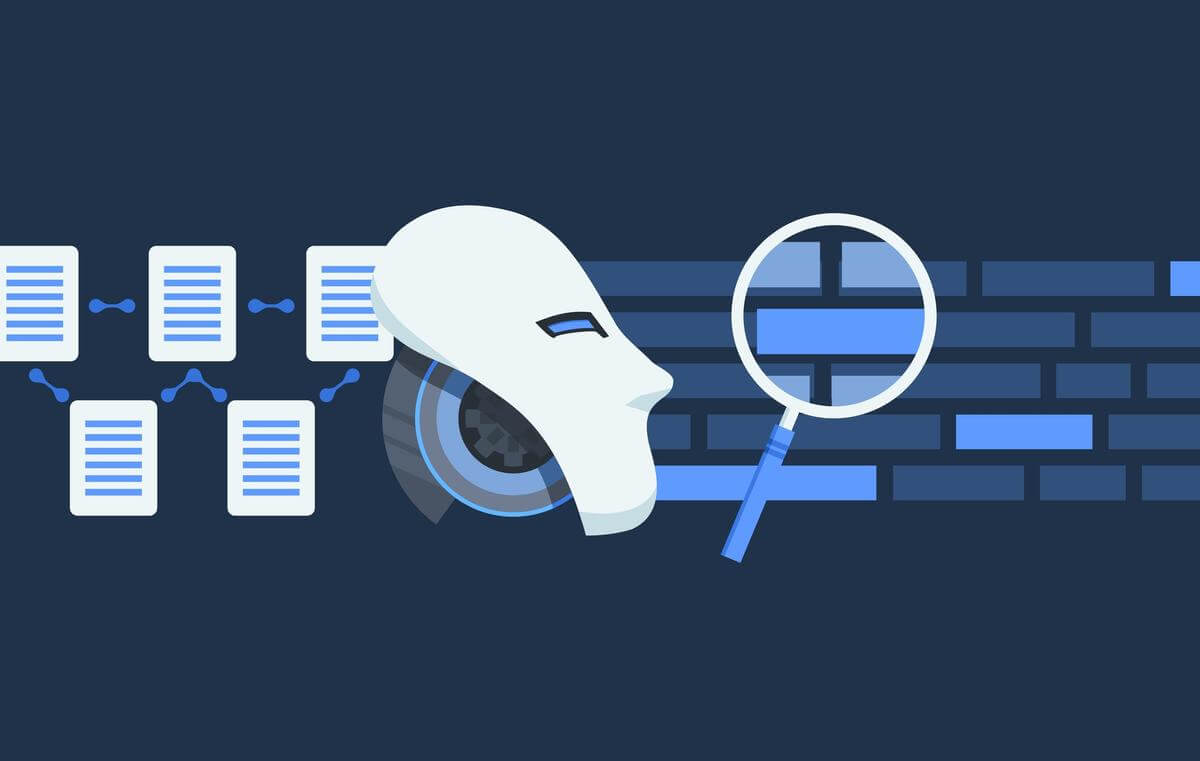
Semantics is a crucial component of language understanding and communication. It refers to the meaning of words, phrases, and sentences in a given context. Semantics involves the study of the relationship between language and the world, and how words and phrases are used to convey different meanings. This blog post will discuss the key concepts and definitions of semantics, the importance of semantics in language understanding, different approaches to semantics, the use of semantics in natural language processing (nlp), how semantics is integrated with machine learning, challenges in semantic analysis, and future developments in semantics.
Key Concepts And Definitions:
Semantics is concerned with the study of meaning in language. According to steven pinker, a harvard professor of psychology, semantics can be defined as “the study of how words convey meaning, how the meaning of words relates to the world, and how words combine to form sentences. ” semantic analysis involves various techniques for extracting useful information from text data. These techniques can range from simple analysis of individual words to complex analysis of entire paragraphs or documents. Some of the key concepts in semantics include:
– lexical semantics: the study of word meanings and how they are related to each other
– syntax: the study of the structure of phrases and sentences
– pragmatics: the study of how meaning is influenced by context and social factors
– semiotics: the study of signs and symbols used to communicate meaning
– discourse analysis: the study of how language is used to convey meaning over a longer piece of text

Importance Of Semantics In Language Understanding:
Semantics is critical in language understanding because it allows us to extract meaning from words and sentences. Without semantics, communication would be meaningless and ineffective. Semantics helps us understand the nuances and subtleties of language, such as connotation, sarcasm, and irony. Furthermore, semantics is essential for machine learning algorithms, which rely on semantic analysis to understand and respond to natural language input.
Different Approaches To Semantics:
There are different approaches to semantics, depending on the level of analysis and the specific research question. Some of the main approaches to semantics include:
– formal semantics: this approach uses logical and mathematical models to represent the meaning of words, phrases, and sentences. Formal semantics is often used in computational linguistics and nlp.
– cognitive semantics: this approach focuses on how meaning is derived through cognitive processes such as perception, memory, and attention.
– constructional semantics: this approach emphasizes how meanings are constructed through the use of specific linguistic constructions, such as idioms and grammatical structures.
– distributional semantics: this approach analyzes the distribution of words and their co-occurrence patterns in large datasets in order to identify semantic relationships between words.
Use Of Semantics In Natural Language Processing:
Semantics is crucial in natural language processing (nlp), which is a subfield of artificial intelligence that focuses on how computers can understand, generate, and manipulate human language. In nlp, semantic analysis is used to extract useful information from text data, such as sentiment analysis, named entity recognition, and document classification. Nlp techniques rely on semantic models and representations of language, such as wordnet and distributional models.

Semantics And Machine Learning:
Machine learning algorithms rely heavily on semantics to understand and respond to natural language input. The most common approach to using semantics in machine learning is through representation learning, which involves learning a vector representation of words or phrases that captures their semantic relationship to each other. One common form of representation learning is word embedding, which represents words as high-dimensional vectors in a continuous space. Word embedding has been used in a wide range of nlp tasks, including language translation, sentiment analysis, and document classification.
Challenges In Semantic Analysis:
Although semantic analysis has made remarkable progress in recent years, there are still many challenges to overcome. Some of these challenges include:
– ambiguity: words and phrases can have multiple meanings depending on the context, which makes it challenging to identify the correct meaning.
– domain-specific language: different domains, such as finance, medicine, and law, have their own specialized language that can be difficult for machine learning algorithms to understand.
– sarcasm and irony: these forms of language use words that convey the opposite meaning of what is actually intended, which can be difficult for algorithms to identify.

Future Developments In Semantics:
The future of semantics is exciting, as new developments are likely to emerge in the coming years. Some of the areas that are likely to see progress include:
– multi-modal semantics: this involves combining textual, visual, and audio information to create a more complete understanding of meaning.
– deep learning for semantics: deep learning techniques are likely to play an increasingly important role in semantic analysis, as they can learn complex representations of language that capture semantic relationships between words and phrases.
– explainable ai: as nlp tasks become more complex and sophisticated, it will become increasingly important to develop models that can provide an explanation of their reasoning to humans.
Semantics is a fundamental component of language understanding and communication. It allows us to extract meaning from text data and enables machine learning algorithms to understand and respond to natural language input. Although there are still many challenges to overcome, semantics is likely to continue to advance and play an important role in the field of natural language processing. As such, it is an exciting and dynamic area of research with many opportunities for innovation and progress.
